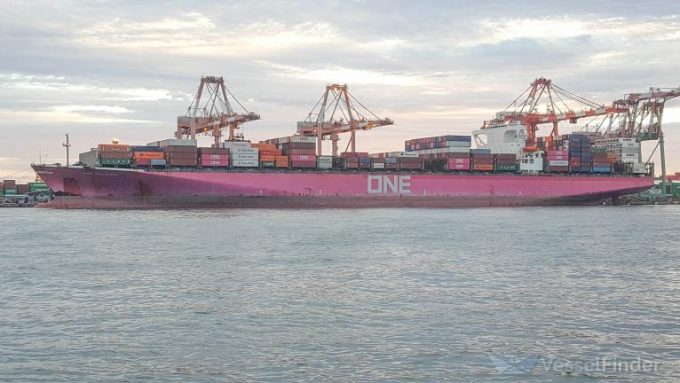India-Africa: Capacity revamp as demand brings rate gains for carriers
India-Africa trade is seeing a reconfiguration of capacity deployment due to the shipping alliance changes ...

Japanese ocean carrier Ocean Network Express (ONE) reported an operating loss of $248m for the final three months of 2023, which it attributed to lower freight rates and a surge in the delivery of newbuild ships.
But the carrier expects to return ...


Comment on this article